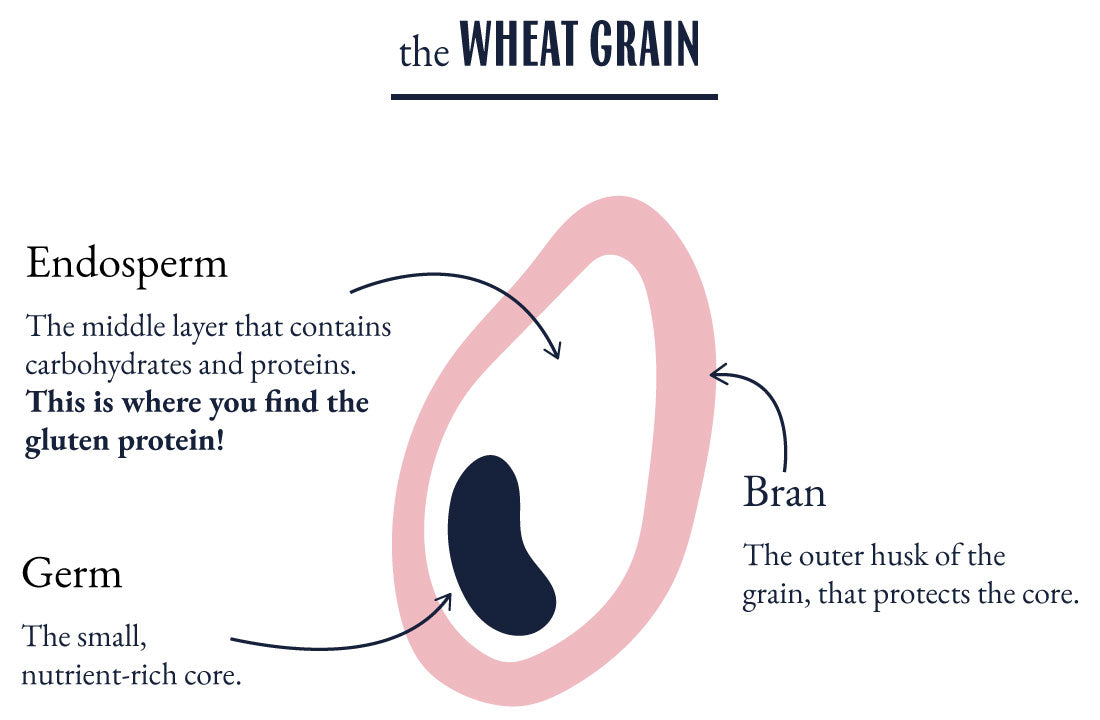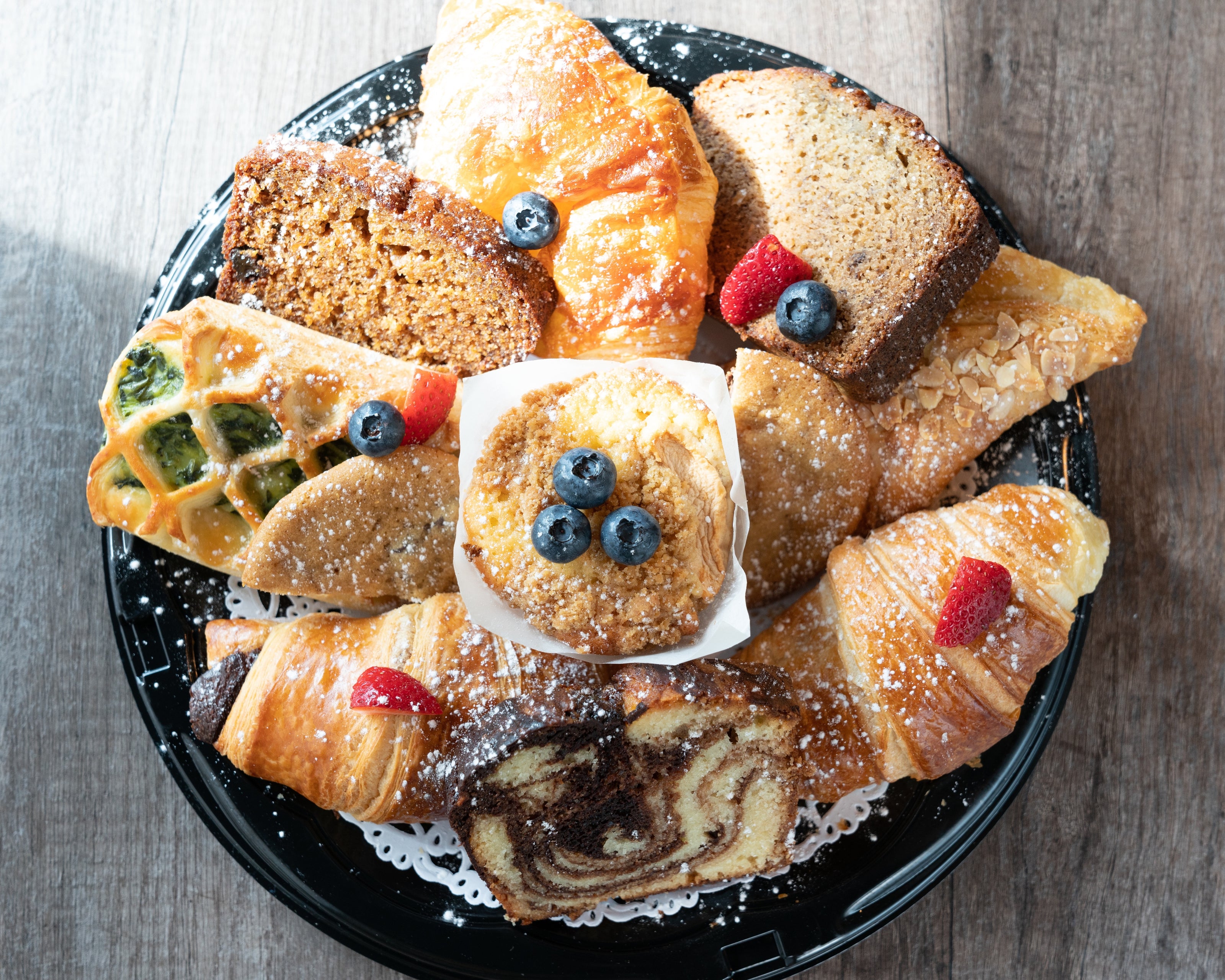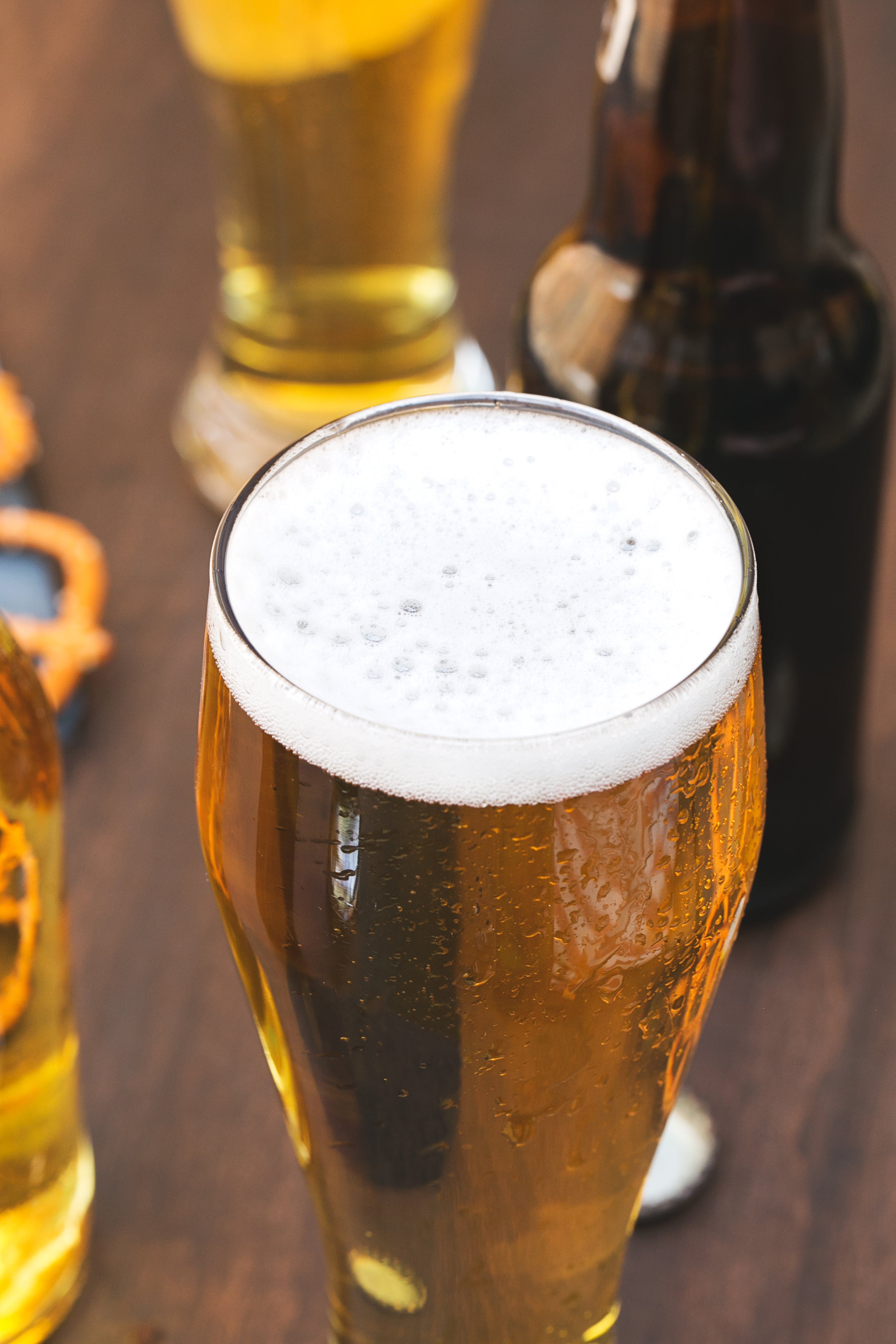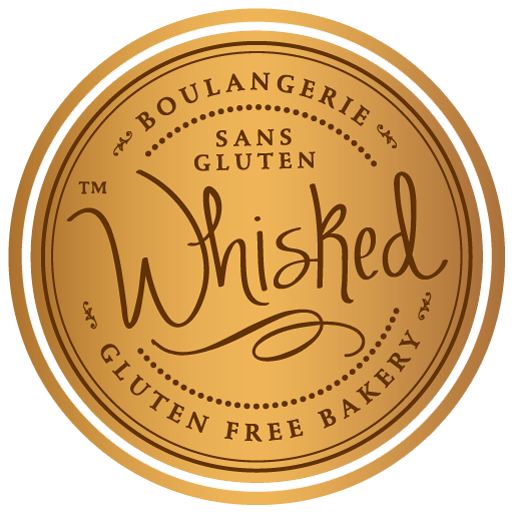What is Gluten?
At its core, gluten is made up of two proteins : glutenin and gliadin. It can be found in grains such as wheat (durum, emmer, spelt, farina, farro, KAMUT® khorasan wheat and einkorn), rye, barley and triticale. Gluten is what gives traditional baked products elasticity which then creates a nice fluffy texture in breads, cakes, pastries, etc.

CELIAC DISEASE
People with Celiac disease cannot consume gluten because it creates an immune response in the small intestine that can cause vomiting, diarrhea, etc. This response prevents the small intestine from properly absorbing the nutrients from foods into the body which can create a number of serious health issues. It is important to take it very seriously when someone tells you they have Celiac disease, something as small as a bread crumb can make someone who is Celiac very sick. Give this allergy the same consideration and care as you would an anaphylactic allergy to peanuts.
GLUTEN SENSITIVITY
People who have a sensitivity to gluten can experience similar symptoms to those who have Celiac disease and tend to feel better with the elimination of gluten from their diet but they do not test positive for Celiac disease.
For more information on Celiac Disease and Gluten- Sensitivities please visit the Canadian Celiac Association’s Website at Celiac.ca
Gluten can be found in...
-

EASY TO IDENTIFY
1. Bread
2. Pasta
3. Cake and Pastries
4. Flour
5. Pizza
-

NOT SO EASY TO IDENTIFY
1. Canned Soups and Sauces
2. Salad Dressings
3. Flavoured Snacks
4. Processed Meats and Substitutes
5. Beer and Drink Mixes
-

WHAT? THERE'S GLUTEN IN THIS?
1. Some Shampoos/Conditioners
2. Lib Balms and Lipstick
3. Communion Wafers
4. Some supplements
5. Medications like Advil liquigels



